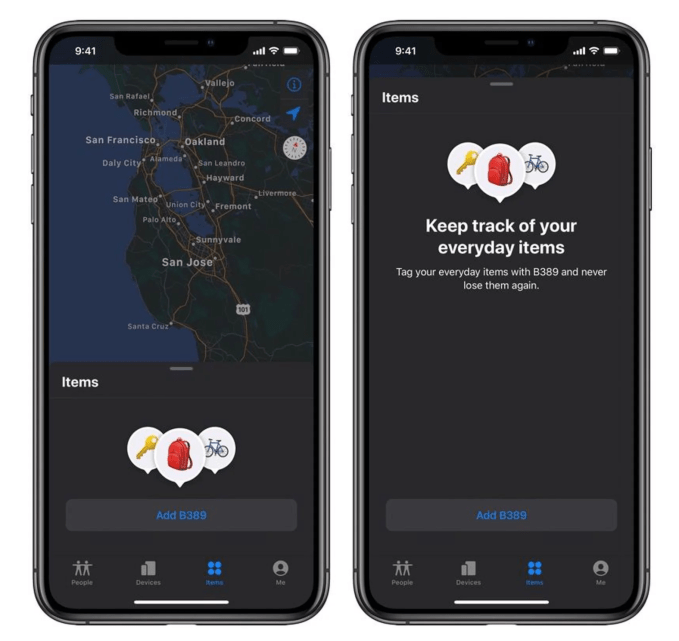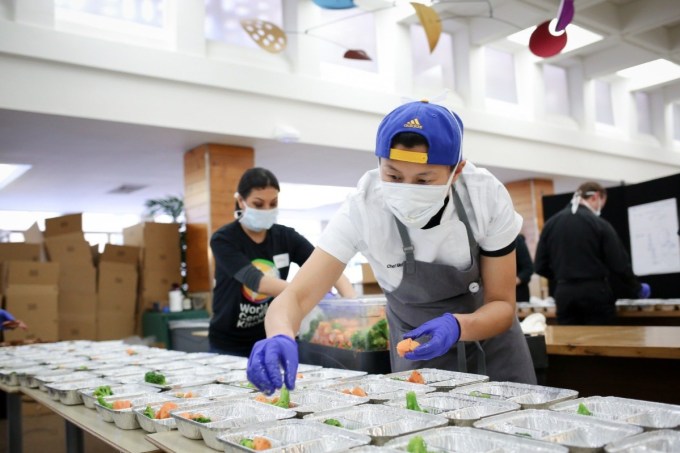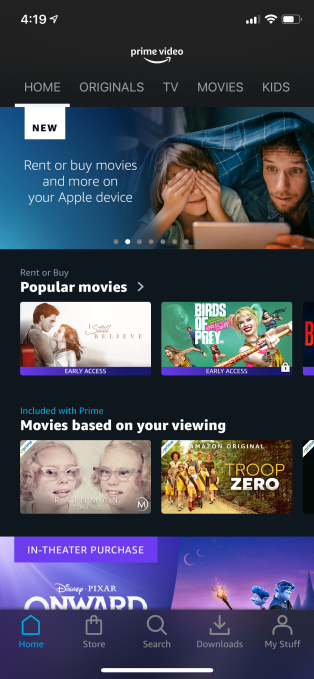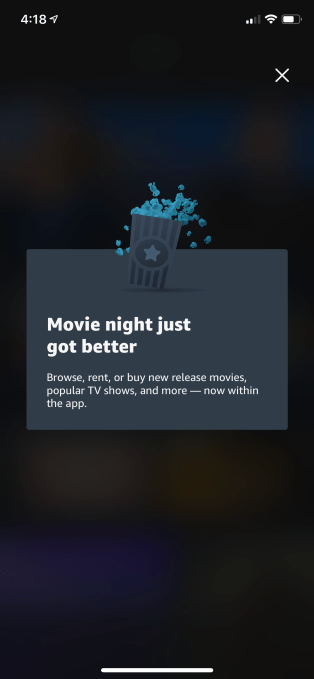Bluetooth location beacon startup Estimote has adapted its technological expertise to develop a new product designed specifically at curbing the spread of COVID-19. The company created a new range of wearable devices that co-founder Steve Cheney believes can enhance workplace safety for those who have to be colocated at a physical workplace even while social distancing and physical isolation measures are in place.
The devices, called simply the “Proof of Health” wearables, aim to provide contact tracing – in other words, monitoring the potential spread of the coronavirus from person-to-person – at the level of a local workplace facility. The intention is to give employers a way to hopefully maintain a pulse on any possible transmission among their workforces and provide them with the ability to hopefully curtail any local spread before it becomes an outsized risk.
The hardware includes passive GPS location-tracking, as well as proximity sensors powered by Bluetooth and ultra-wide band radio connectivity, a rechargeable battery, and built-in LTE. It also includes a manual control to change a wearer’s health status, recording states like certified health, symptomatic, and verified infected. When a user updates their state to indicate possible or verified infection, that updates others they’ve been in contact with based on proximity and location-data history. This information is also stored in a health dashboard that provides detailed logs of possible contacts for centralized management. That’s designed for internal use within an organization for now, but Cheney tells me he’s working now to see if there might be a way to collaborate with WHO or other external health organizations to potentially leverage the information for tracing across enterprises and populations, too.
These are intended to come in a number of different form factors: the pebble-like version that exists today, which can be clipped to a lanyard for wearing and displaying around a person’s neck; a wrist-worn version with an integrated adjustable strap; and a card format that’s more compact for carrying and could work alongside traditional security badges often used for facility access control. The pebble-like design is already in production and 2,000 will be deployed now, with a plan to ramp production for as many as 10,000 more in the near future using the company’s Poland-based manufacturing resources.
Estimote has been building programmable sensor tech for enterprises for nearly a decade and has worked with large global companies, including Apple and Amazon. Cheney tells me that he quickly recognized the need for the application of this technology to the unique problems presented by the pandemic, but Estimote was already 18 months into developing it for other uses, including in hospitality industries for employee safety/panic button deployment.
“This stack has been in full production for 18 months,” he said via message. “We can program all wearables remotely (they’re LTE connected). Say a factory deploys this – we write an app to the wearable remotely. This is programmable IoT.
“Who knew the virus would require proof of health vis-a-vis location diagnostics tech,” he added.
Many have proposed technology-based solutions for contact tracing, including leveraging existing data gathered by smartphones and consumer applications to chart transmission. But those efforts also have considerable privacy implications, and require use of a smartphone – something that Cheney says isn’t really viable for accurate workplace tracking in high-traffic environments. By creating a dedicated wearable, Cheney says that Estimote can help employers avoid doing something “invasive” with their workforce, since it’s instead tied to a fit-for-purpose device with data shared only with their employers, and it’s in a form factor they can remove and have some control over. Mobile devices also can’t do nearly as fine-grained tracking with indoor environments as dedicated hardware can manage, he says.
And contact tracing at this hyperlocal level won’t necessarily just provide employers with early warning signs for curbing the spread earlier and more thoroughly than they would otherwise. In fact, larger-scale contact tracing fed by sensor data could inform new and improved strategies for COVID-19 response.
“Typically, contact tracing relies on the memory of individuals, or some high-level assumptions (for example, the shift someone worked),” said Brianna Vechhio-Pagán of John Hopkins University’s Applied Physics Lab via a statement. “New technologies can now track interactions within a transmissible, or ~6-foot range, thus reducing the error introduced by other methods. By combining very dense contact tracing data from Bluetooth and UWB signals with information about infection status and symptoms, we may discover new and improved ways to keep patients and staff safe.”
With the ultimate duration of measures like physical distancing essentially up-in-the-air, and some predictions indicating they’ll continue for many months, even if they vary in terms of severity, solutions like Estimote’s could become essential to keeping essential services and businesses operating while also doing the utmost to protect the health and safety of the workers incurring those risks. More far-reaching measures might be needed, too, including general-public-connected, contact-tracing programs, and efforts like this one should help inform the design and development of those.


from Apple – TechCrunch https://ift.tt/2Jv9wbL




 Amazon declined to comment, but confirmed to TechCrunch the feature is live now for customers in the U.S., U.K., and Germany.
Amazon declined to comment, but confirmed to TechCrunch the feature is live now for customers in the U.S., U.K., and Germany.